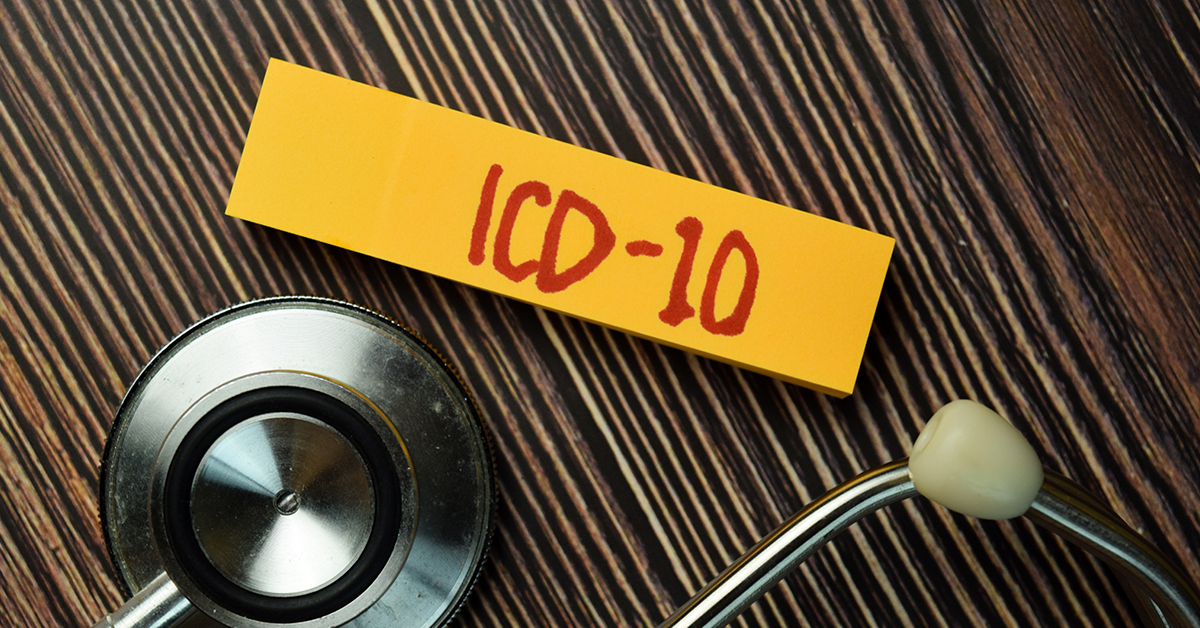Interventional radiology (IR) is among the most difficult clinical subspecialties to code. It encompasses neuro-interventional treatments and endovascular surgery. Since technology is constantly improving, the number of available treatments is perpetually increasing. The American College of Radiology anticipates that interventional radiology and other high-tech services will rise at an annual pace of 8%.
This shift will exacerbate the scarcity of interventional radiology coders with the required expertise. It also implies that the rules and regulations for interventional radiology coding continue to evolve; hence, the coders will have to work harder every day to keep up with the rapid evolution of science and coding. Every day, interventional radiology coders must exert significant effort to keep up with science and radiology coding advances. This post sheds light on the challenges of radiology coding.
Radiology Coding
Interventional radiology is often difficult to code. The greater the number of cutting-edge treatments that can be performed due to technological advancements, the more likely the norms and procedures governing interventional radiology will alter. In this setting, it would be challenging to perform radiology coding.
There are much more errors in interventional radiology coding and billing than in other medical areas. Stacie Buck, an expert and auditor in radiology coding estimates that up to 60% of all treatments provided by interventional radiology are incorrectly documented.
Interventional Radiology Coding vs. Medical Coding
Radiology coding is different from other medical coding. The diagnostic radiology coders cannot do the tasks performed in interventional radiology. Radiologists are physicians responsible for diagnosing patients’ ailments. Interventionalists, on the other hand, are patient-treating specialists. Interventionalists are physicians who are educated to perform a variety of intricate treatments throughout the body. They can treat a variety of health conditions. They perform various gastrointestinal, neurosurgical, and gynecologic procedures in addition to the following:
- Incorporating vascular filters
- Widening and stenting distal arteries
- Kyphoplasty
- Balloon occlusions
- Chemo-embolization
- Thrombolysis and ablations
In contrast to diagnostic radiology reports, where coders’ main issue is discovering a diagnostic statement that can be typed down, interventional radiology reports tend to be lengthy and frightening.
Consider the procedure of vascular catheterizations. It involves:
- Identifying the catheterization access point(s) and each blood vessel to be catheterized
- Categorizing if the catheter is inserted through a sheath that had previously been inserted
- Determining whether the left or right side is more advantageous
- Recognizing the body part (arterial, venous, lymphatic, portal) being catheterized
- Explaining the operation of the catheter (antegrade, retrograde, ipsilateral, contralateral)
- Classifying the aberrant anatomy
Even though interventional radiology technicians comprehend the complexity of the procedures, they frequently need to gain knowledge of the rules, regulations, and changes that affect coding, billing, and payment.
Coding Interventional Radiology is Challenging
Interventional radiology requires knowledge of coding as well as training and organizational resources. Interventional radiology, particularly the coding for neuro-angiographic treatments, features some of the most complex and challenging codes ever created. There are numerous blood vessel families and levels, in addition to transcatheter and endovascular operations and intraoperative radiography. All of these factors contribute to the complex mix of difficulties.
Coding interventional radiology, particularly for neuro-angiographic procedures, is one of the most challenging tasks. Transcatheter, endovascular treatments, and intraoperative radiography all contribute to the extensive array of complications that can result from this illness.
CPT modifiers are more frequently used for billing interventional radiology procedures than other medical services. Consequently, this further complicates the process.
Besides the complexity of coding interventional radiology, other challenges associated with radiology coding are labor shortage, lack of resources, and financial burdens.
It can be difficult to locate a qualified interventional radiology coder due to the labor shortage in this industry. They are costly to recruit and hire, and their costs can significantly drain a company’s finances.
As a result of the continual lack of interventional radiology coders, there is a high turnover rate. In addition to the numerous problems it might bring, employee turnover can generate a whiplash in cash flow, leading to backlogs and lost revenue.
The facility must be sufficient for a clinic to afford an interventional radiology coding specialist. Most practices, particularly those in tertiary medical facilities, do not have sufficient patient volume to warrant employing an interventional radiology coder.
Other identified challenges in interventional radiology coding are:
- Lack of physician documentation
- Keeping up with the insurance rules
- A high volume of work
- Inadequate training
- High level of claim denials
See Also: How is Dermatology Medical Billing different from any other Medical Billing and Coding
Conclusion
Interventional radiology coding is one of the most challenging tasks because of the many different therapy options. The number of options for care grows as technology develops. This move has made it even harder to find qualified interventional radiology coders. They must work daily to keep up with the rapid advancement of technology and coding as the rules, regulations, and modifications for interventional radiology coding continue to evolve.
Precision Hub’s radiology coders are experts in the subspecialties of interventional radiology. Our interventional radiology coders are up-to-date on the ever-changing coding standards, regulations, and updates—consequently, the number of costly denials and rebills and your risk of noncompliance decrease.
Since our designated division of coders solely codes for interventionists, their abilities are always current and refined. Contact Precision Hub if you want your interventional radiology coding experience to surpass your expectations.

















